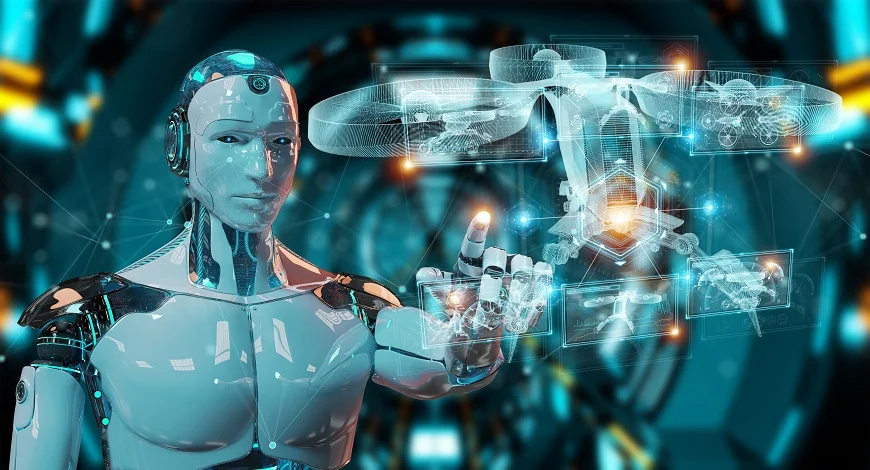Alexej Savreux has had a diverse career, spanning various occupations from fast-food sandwich assembler to the custodian and junk hauler, even dabbling in technical sound work for live theatre. However, his current role, although less hands-on, is equally impactful as an artificial intelligence (AI) trainer. Savreux is part of a hidden army of contract workers who play a crucial but often overlooked role in the development of AI systems.
Their work involves training AI models to analyze data and generate compelling text and images, which have amazed users of cutting-edge products like ChatGPT. To enhance AI accuracy and effectiveness, Savreux engages in tasks such as labeling photos and making predictions for text generation. Despite their significant contributions, these contractors receive compensation starting at $15 per hour, without any benefits.
In recent years, Savreux and his fellow contractors have dedicated countless hours to improving ChatGPT’s responses by training OpenAI’s systems. Their feedback fulfills an urgent and continuous need for OpenAI and its competitors: a steady stream of sentences, labels, and training data. Savreux emphasizes the critical role of contract workers, stating, “We are grunt workers, but there would be no AI language systems without it. You can design all the neural networks you want, and you can involve all the researchers you want, but without labelers, ChatGPT would be nothing.”
Despite the importance of their work, AI contract workers often remain unnoticed, overshadowed by the allure of technological advancements in the AI field. Sonam Jindal, program lead for AI, labor, and the economy at the Partnership on AI highlight this oversight, noting that the discourse around AI tends to focus on congratulatory aspects while missing the reliance on a vast human workforce.
Throughout history, the tech industry has relied on the efforts of thousands of lower-skilled and lower-paid workers to build its empires. From punch-card operators in the past to modern-day Google contractors who have voiced concerns about their treatment as second-class employees, the industry’s dependency on contract workers is nothing new. The rise of online gig work platforms like Amazon Mechanical Turk further solidified this trend, especially during the pandemic.
The emerging AI industry follows a similar pattern, adopting an unsteady, on-demand nature of work. Contract workers are engaged through written contracts, either directly by companies or via specialized third-party vendors focusing on temporary work or outsourcing. Health insurance and benefits are often absent, reducing costs for tech companies. Additionally, the work is typically anonymous, with tech startup executives and researchers receiving the credit. The Partnership on AI warned of an upcoming surge in demand for “data enrichment work” and recommended fair compensation and improved practices. However, only DeepMind, an AI subsidiary of Google, publicly committed to adhering to these guidelines.
Jindal emphasizes the importance of recognizing and respecting the contributions of contract workers, suggesting that this relatively new job created by AI has the potential to become a high-quality occupation, where workers are valued for their contributions.
As the demand for AI contract work continues to rise, some AI contract workers are advocating for better conditions. In Nairobi, Kenya, more than 150 individuals who have worked on AI for companies like Facebook, TikTok, and ChatGPT voted to form a union, citing low pay and the mental toll of the work. The rights and well-being of AI contract workers have become a subject of discussion as the industry evolves.
The reliance on contract workers is not limited to the tech industry. The gig economy has faced similar challenges and criticisms over the years. However, it is important to recognize the vital role that contract workers play in the AI industry, and ensure that they receive fair compensation




